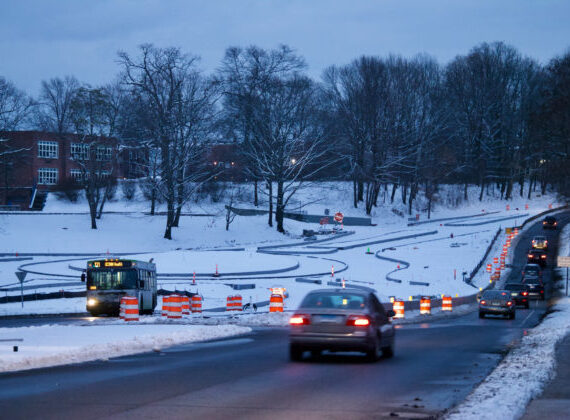The “Demographic Survey of American Jewish College Students 2014” conducted by Trinity College’s Professor Ariela Keysar and Professor Barry A. Kosmin reveals the beliefs and habits of Jews attending American universities and four-year colleges. Community college students were not included in this research.

In the end, 1,157 students who self-identified as Jews were contacted during March and April 2014. Students were chosen for this online survey based on “Distinctive Jewish Names,” a list that has been “updated to include 250 distinctively Jewish surnames covering Israeli, Sephardi, Russian and Iranian origin in addition to the usual and obvious Ashkenazi surnames.” That selection process might hit snags when taking into account intermarriage and conversion.
For all of the insights the research provides, it does not indicate if the findings are part of a long-term trend or if this is just how the college students who participated identify and practice now.
One show of this: Israel, not Zionism, was named as a top concern for those participating. It may seem inconsistent that both are not evenly matched, but keep in mind that 62% of that students had visited Israel and many had just recently participated in Taglit Birthright trips. About half of those participating in the survey have family or close friends living in Israel.

The research shows differences in perspective between Millennials and the older generations. This chart shows the responses to the question: “When you think what it means to be a young Jew in America today, would you say that it means being a member of …”
Deeper into the study, it is revealed that more young Jews than the general Jewish population attend religious services at a synagogue, temple, or minyan, but more young Jews also never attend.
How much should be made of this? The differences between the young and general Jewish populations are not enormous — a handful of percentage points.
With the results being as they are, Keysar said, “there will be need of adjustment for the institutions for sure.”
Do the practices of students continue beyond graduation, or is this simply where they are now? What will change when these college students transition from “young adult” to “adult”? Will synagogue participation increase when they begin having families? Those would be worth following up on.
The study does show that many of the self-identified young Jews engage in cultural activities, from visiting Jewish Community Centers to consuming Jewish online news. Keysar said that much of young Jewish identity “is online” now.
When Kosmin asked the students attending last week’s presentation of this research for their reactions to the findings, there was silence.
You can read more highlights from the research here:
Highlights Demographic Survey of American Jewish College Students 2014
